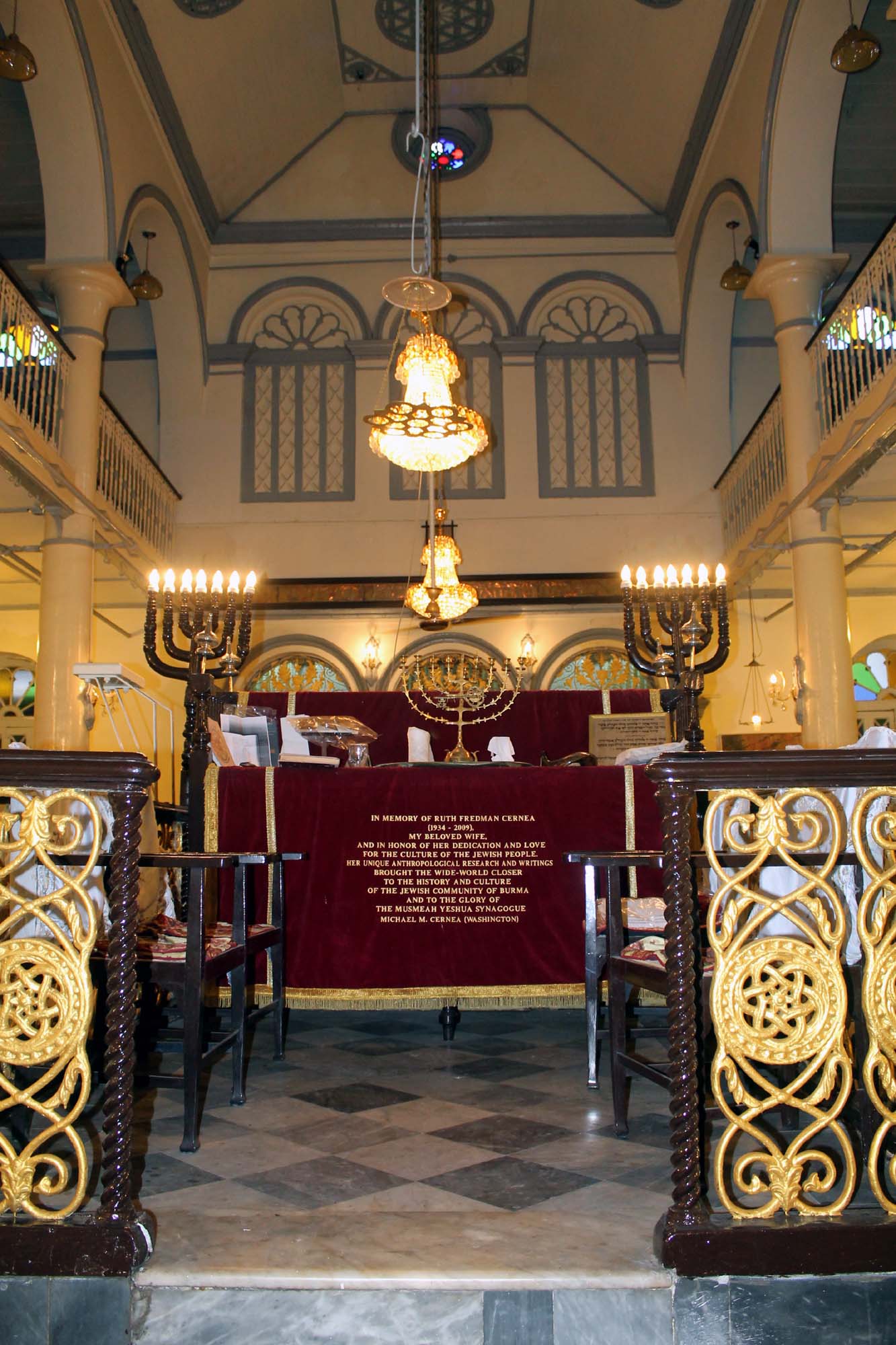Jogjakarta is famous for its artistic handicraft, people think that batik is the only souvenir you can bring from Jogjakarta. In fact, there are other souvenirs and handicrafts which are still traditionally and manually made that you can bring home from Jogjakarta. Below are six places where you can buy the handicrafts in wholesale or retails. They have become the trademarks of Jogjakarta. The best part of visiting these places is to see how the people make them.
- Kasongan: The center of traditional pottery industry
Kasongan is a heaven for pottery hunters. The skill to make pottery in the village has been inherited from generation to generation. The villagers started to make kitchen wares and toys for children in the beginning. Since 1970s the village has been developed into the center of pottery industry.
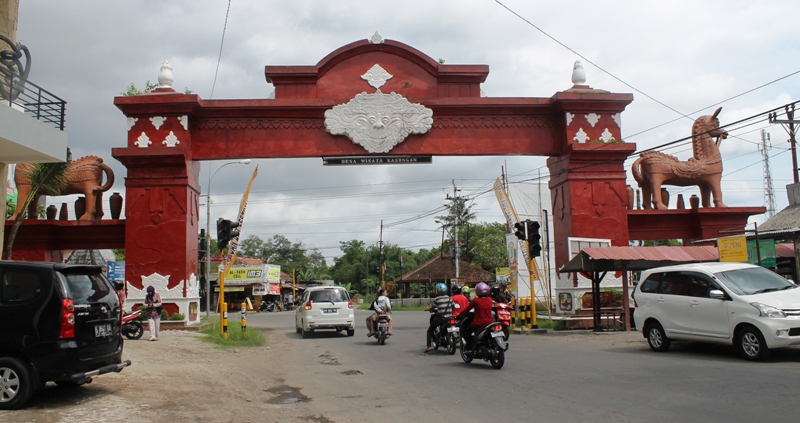
The pottery production in Kasongan is based on home industry. Most houses in this village are converted into workshops. The house yard is used to make the pottery from the beginning to the finishing phase. However, each house has its own function. One house is dedicated to form the wares only, the other house is for burning and painting the products. The method of production is traditional. The burning process still uses the firewood.
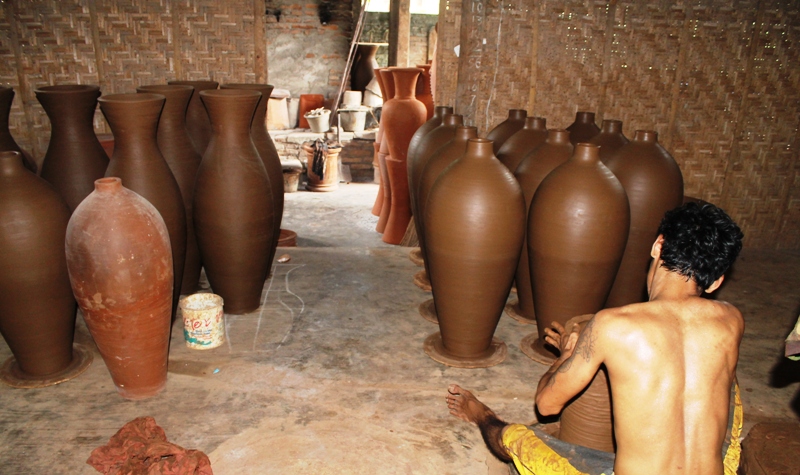
The main street of Kasongan is lined with shops and galleries that display all products such as pots, jugs, teapots, knick knacks. The price of those items are usually 20-30 percent lower than the price in the shops or gallery in town. The price can be lower if you buy in big quantity. The Kasongan potteries have been used by the hotels and cafes in Jakarta, Bali and Jogjakarta. They also have been exported to the international market.
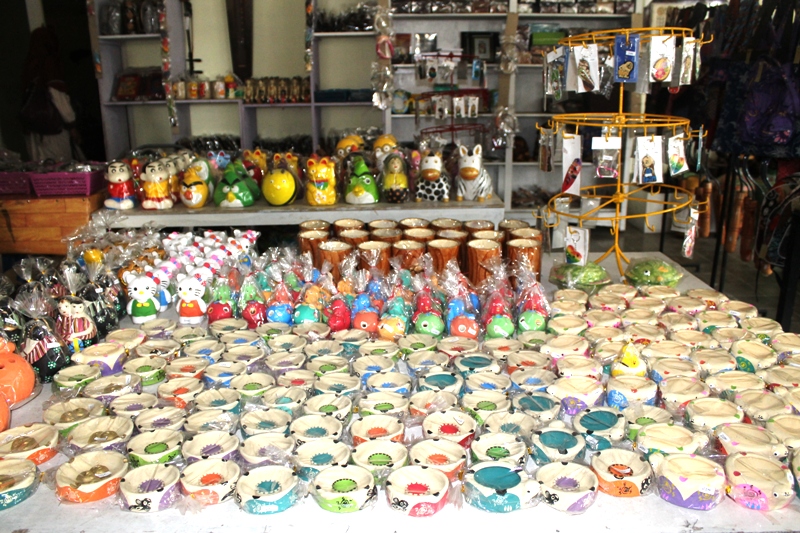
Location: Desa Bangunjiwa, Kasihan Subdistrict, Bantul District, Jogjakarta- about six kilometer from the city.
- Krebet: the Center of Wooden Batik production
Krebet is situated in a green and shaded village. Different from Kasongan, this village is quiter, its main road is not as wide as in Kasongan and there are not many shops. It is just like an ordinary village in Jogjakarta.
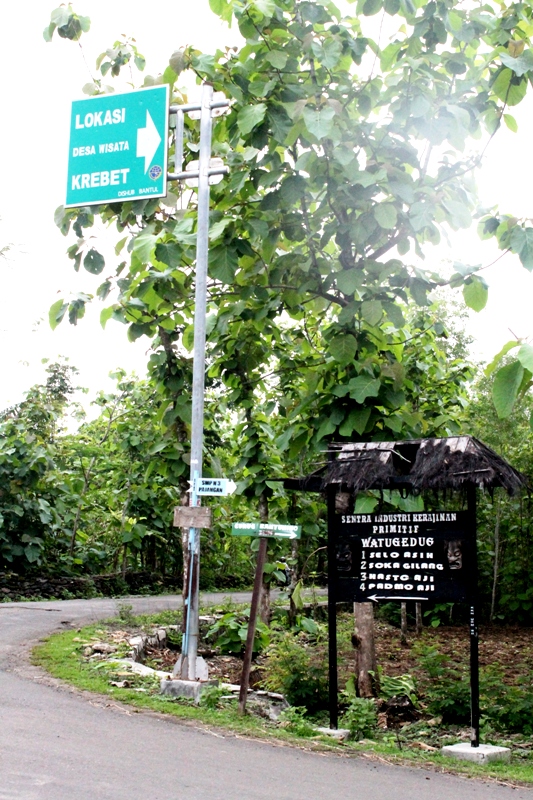
The villagers are creative enough to make batik not on fabric but on the wood. These artists use mahoni, sengon or pule woods. The woods are formed into plates, sandals, earrings, mirror, key holders, wall decorations etc.
The production of wooden batik in Krebet is also based on home industry. Some houses are converted into the workshop for carving, painting, drying and batik processing of the items. Women in particular do the batik processing. When the workers are not in the break time, visitors can see how the production is processed manually.
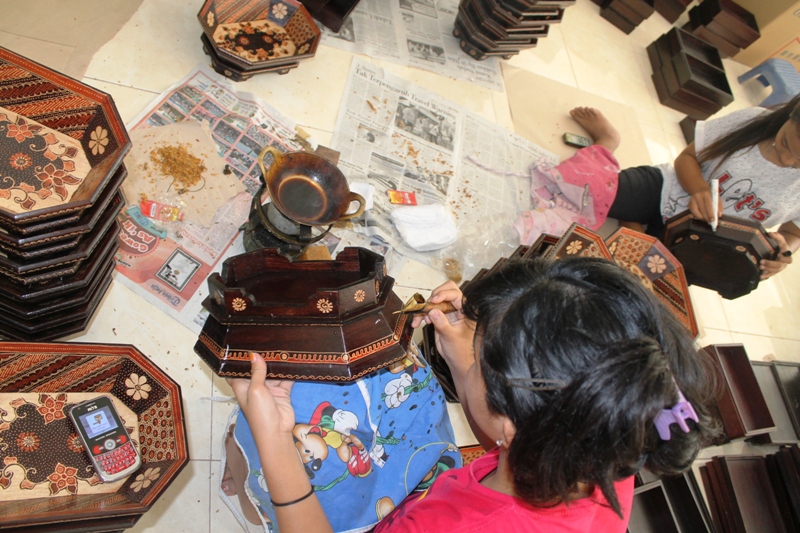
There is a small center where all products of wooden batik are sold ranging from the statues to key holders and the price is cheap from Rp 2500 to Rp 300000 depending on the type of the products. The home industries here also accept the order to make the products in big quantity. Interestingly since the products are made manually, none of the products of the same item is 100 percent similar to one another.
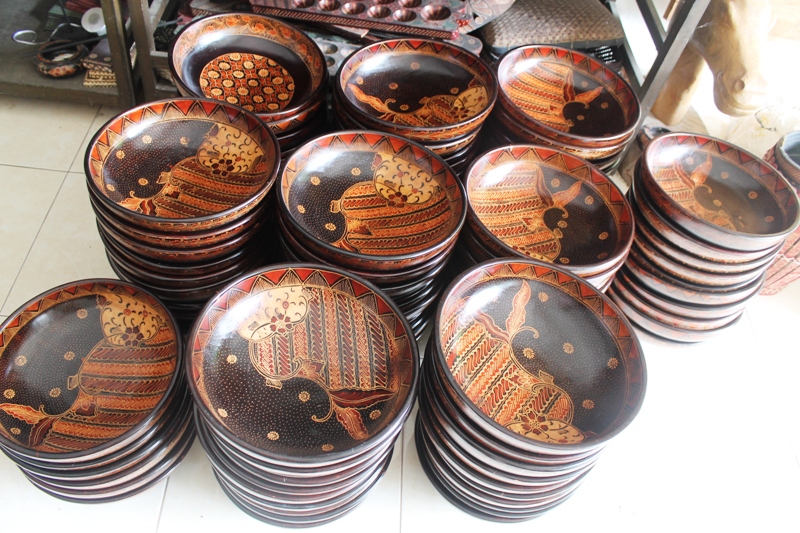
Location: Sendangsari Village, Pajangan Subdistroct, Bantul District, Jogjakarta. It is about 12 kilometer northwest of Jogjakarta.
- Manding: The Center of Leather Home Industry
Manding used to be the center of leather home industry for the last couple of years people shifted the production site to Sleman. Currently, only some houses make the finishing process of the products here. The leather production in Manding was started when three young men made the horse saddle in 1947. Afterwards, Manding has turned into center of leather home industry.
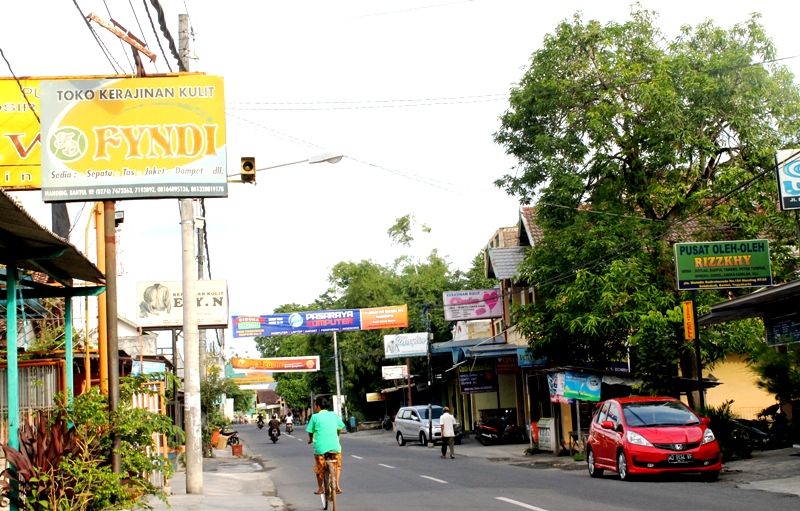
The main street in Manding is full of the shops that sell leather products such as shoes, sandals, jacket, belts, bags, wallets. The good thing about the shops in Manding is the attendant will tell when the products are not made of leather. Although the price of some products is fixed, some can be negotiated. Overall, the price is lower than in the shops outside Manding. In terms of quality, it might not be the top but for jackets and bags they are not bad. As an example, the price of the bag Rp 200.000- Rp million, shoes Rp 60.000- Rp 200.000, jacket Rp 700.000- above Rp 1 million depending on the model. Just like in other center of home industry, in Manding buyers can also order the product either in big quantity or small quantity .
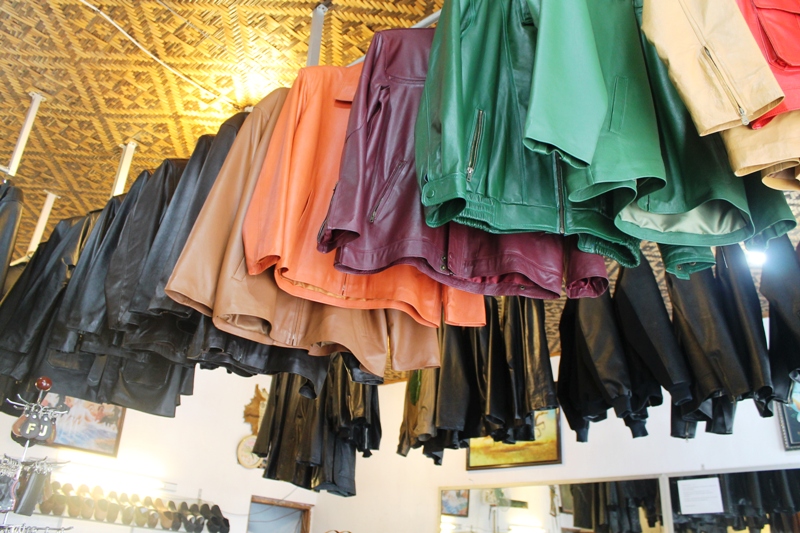
Location: Desa Manding, Sabdodadi Subdistribt, Bantul District, Jalan Parangtritis, Jogjakarta.
- Kotagede: Center of Silver Home Industry
Kotagede, former capital of Mataram Kingdom, has been famous for its silver products. The residents of Kotagede are inherited from generation to generation the skill to make silver crafts. Every house in Kotagede seems to have been converted into a small scale workshop and shop. The booming of silver industry in Kotagede was started in 1970 where tourists came to look for the silver products.
The silver products vary from jewelries to items like becak (pedicab) and horse cart minuatures. The products are made meticulously and creatively.
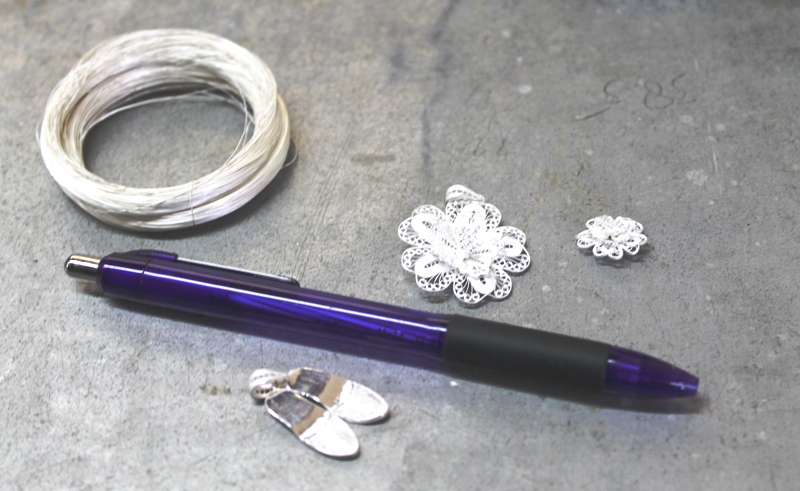
It will take one day just to see the shops and their products. Since there are many producers the price is also competitive. Besides small shops, there are a number of big shops that offer wide range of silver collections. If you come with a guide or a driver, he will bring you to one of these big shops.
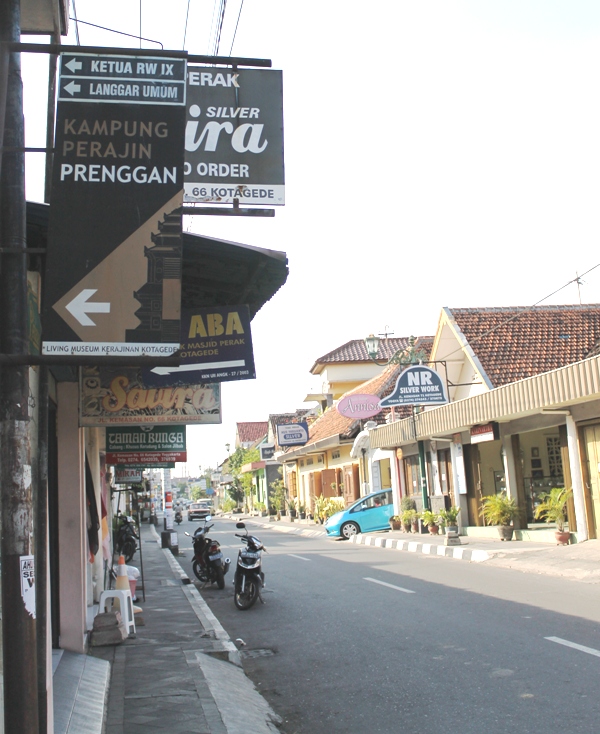
The benefit of shopping in the big shops is the wide selection of products but the price cannot be negotiated as it is fixed. They also have workshop in the back where you can see the process of making the silver wares. While shopping in small shops belonged to the villagers, negotiation is possible and we can order what we want even though one item only. If you love jewelries, do not miss Kotagede in your visit to Jogjakarta.
Location: Kecamatan Kotagede, Jogjakarta, 5 kilometer in the southeast of Jogjakarta
- Pathuk: Center of Bakpia Production
Bakpia is a popular souvenir from Jogjakarta, different from other souvenir this one you can eat. The creation of bakpia is a form of acculturation between the Javanese and Chinese culture. The original recipe of bakpia was brought by a Chinese immigrant in Jogjakarta Kwik Sun Kwok in 1940s. He lived in Kampung Suryowijayan, Mantrirejon, Jogjakarta. A friend of Kwik, Liem Bok Sing who used to supply for the charcoal for him moved to Desa Pathuk and Liem made a new recipe of bakpia.
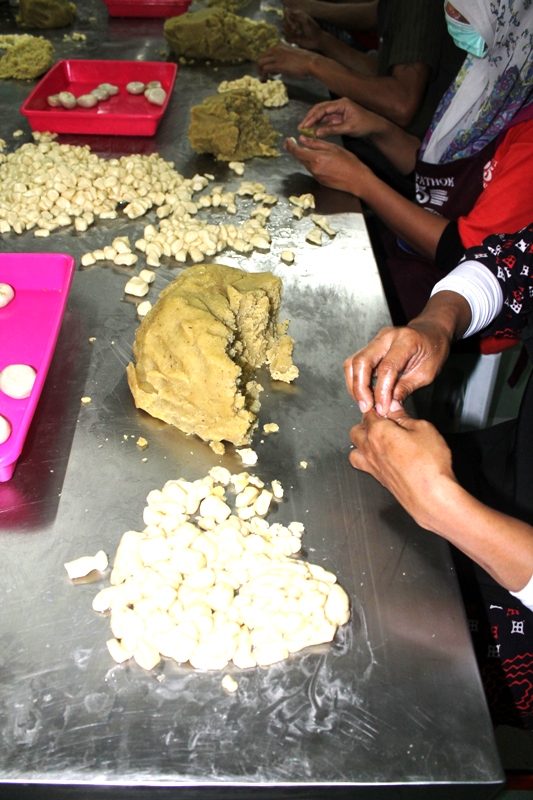
People like the bakpia of Liem’s recipe and the demand was high. Some of his workers stole the recipe and spread it among the villagers. When the demand for Liem’s bakpia was so high he also took the products from other villagers. Since 1992 the home industry of bakpia has developed well because of the demand of bakpia from the tourists.
Now Desa Pathuk has become the center of bakpia production and bakpia has become the icon of Jogjakarta. Each house has its own product that is labelled with numbers that indicate the number of the house.
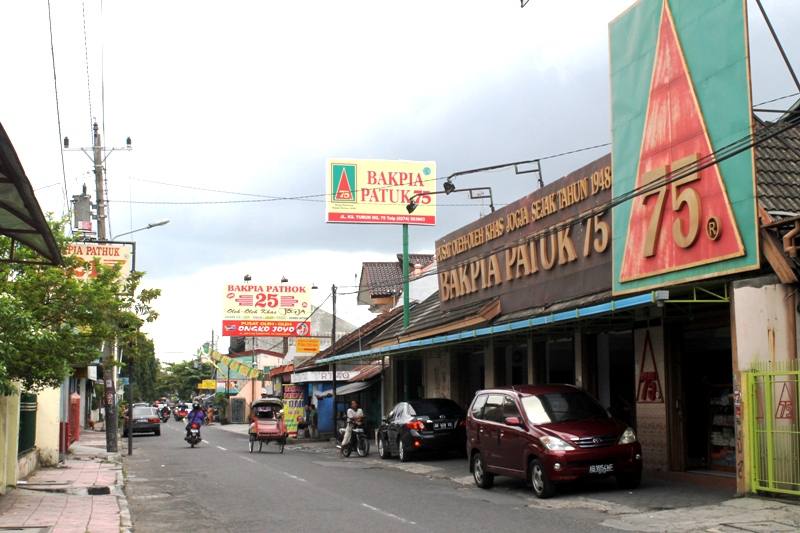
Although there are some small scale bakpia productions in the city, people still flock to Desa Pathuk to get fresh from the oven bakpai as well as to see the production process.
Today bakpia has many variants like bakpia of chocolate, cheese, ananas, durian and it continues to be produced in home industry basis.
One of the bakpia factories in Desa Pathuk allows visitors to see the production process. The visit for big group should give an advanced notification to the management. Friday and weekend is closed for visitors to see the process. Besides seeing the production process like forming bakpia and baking them, visitors can taste the fresh from the oven bakpia as well as buy the product. One small box bakpia costs Rp 25,000.

Location: Jalan AIP KS Tubun, Desa Pathuk, Jogjakarta
- Wijilan: Center of Gudeg in Jogjakarta
Just like bakpia, gudeg is a souvenir that you cat eat. Jogjakarta and gudeg cannot be separated the food has been identified with the city. As a food it should be eaten on site, however now gudeg can be taken away. Gudeg is packed in kendil (earthen pot) or besek (box made of bamboo sheet). Gudeg in this container can last 3 days.
Gudeg is made of young jackfruit which is called gori in local language. It is deeply cooked in coconut milk. A complete gudeg is eaten with opor ayam (chicken curry), sambal krecek and tempe or tahu bacem. People eat gudeg with steamed rice.
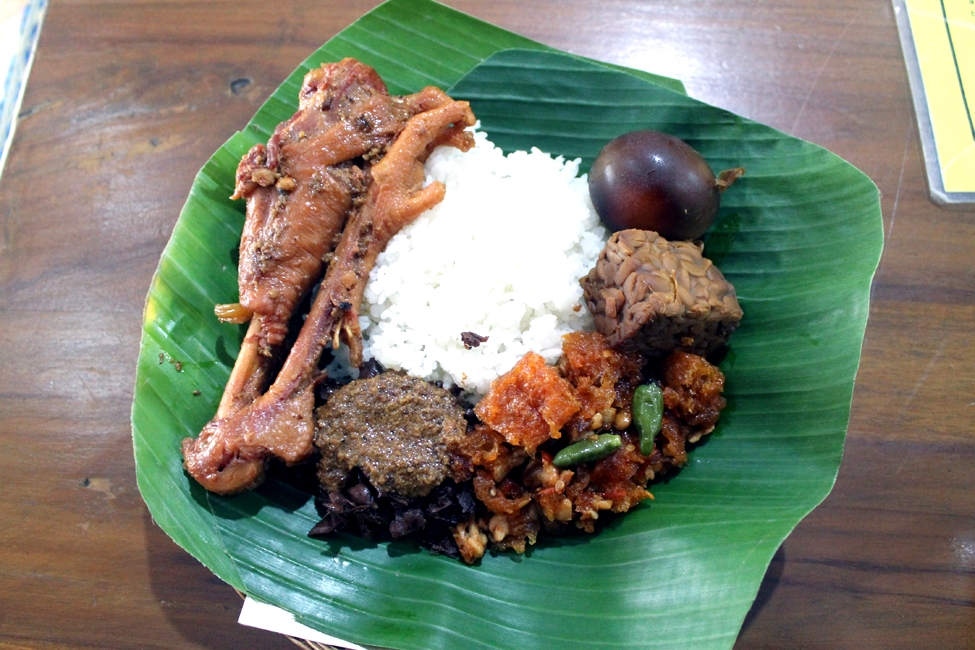
The origini of gudeg dates back to 1500s with the establishment of Mataram Kingdom. During the development of the Mataram Kingdom, many trees were cut including the trees of jackfruit. The abundant young jackfruit urged the workers to make food with the fruit as the main ingredient. So basically gudeg is not the food of Kraton.
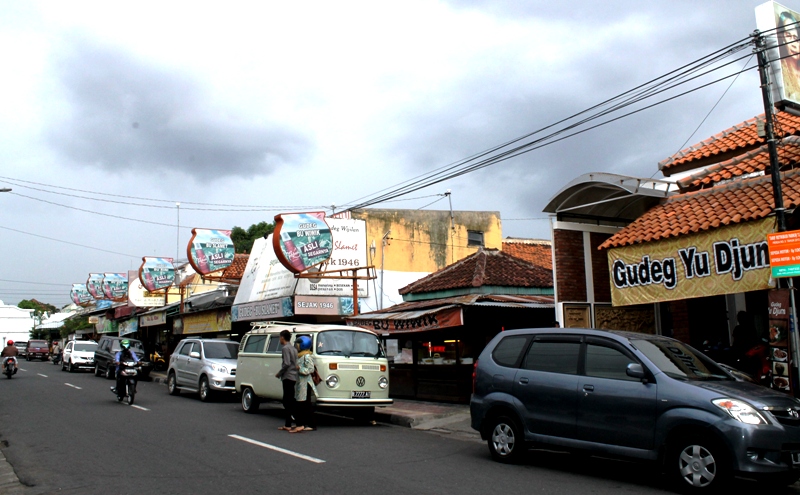
The local government built the center for gudeg in Wijilan in 1970s to respond the tourists that kept coming to Jogjakarta. Now in Wijilan there are tens of vendors of gudeg with different brands. Depending your tasting buds you can select in which kiosk you want to eat. Jalan Wijilan has become the center of gudeg although you can find gudeg in any spot in Jogjakarta.
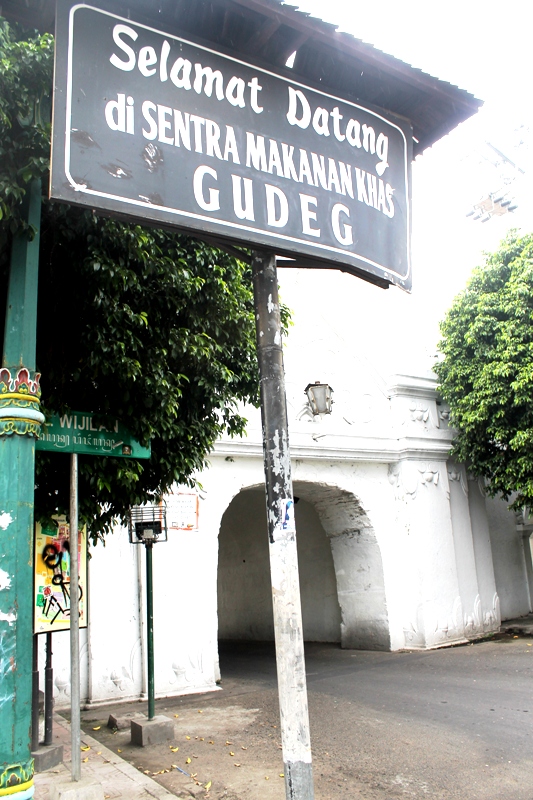
Location: Jalan Wijilan, east of North Alun Alun, Jogjakarta

